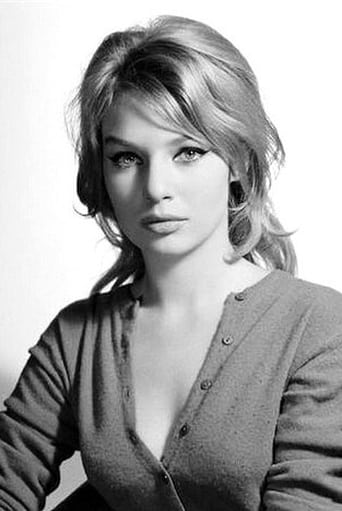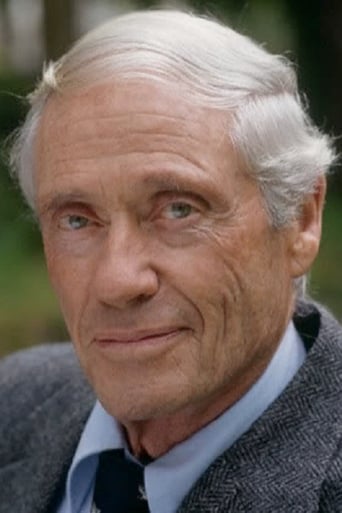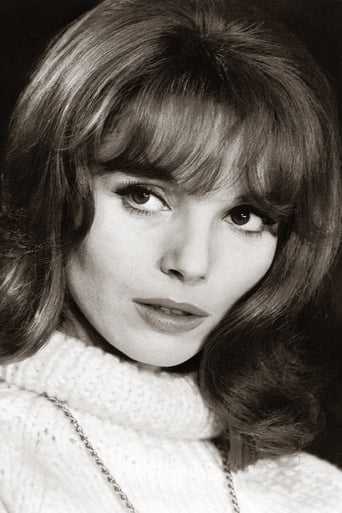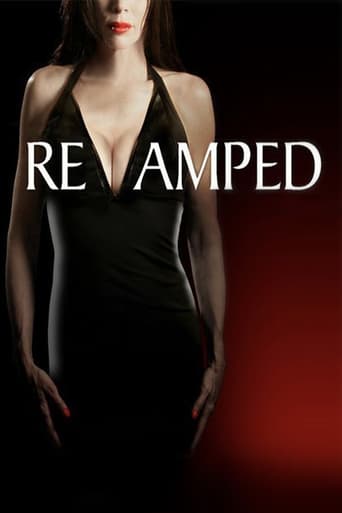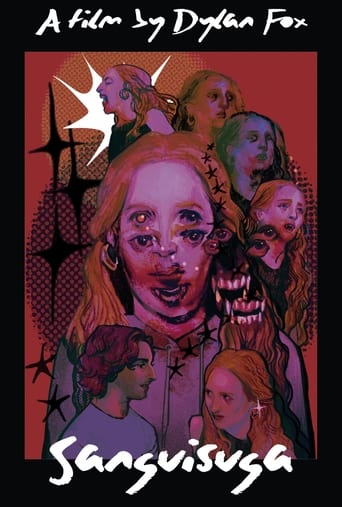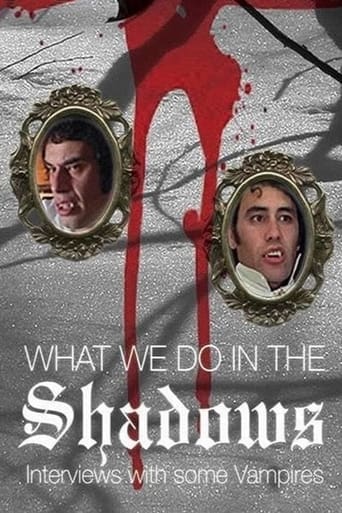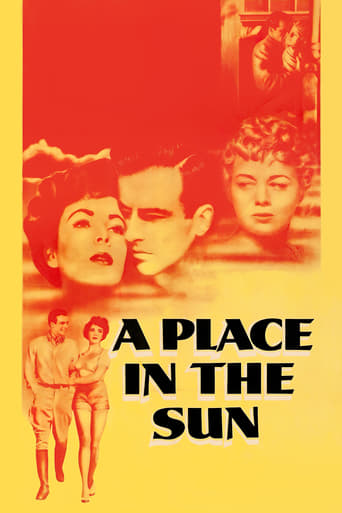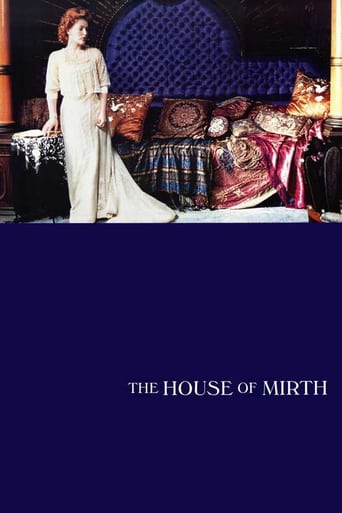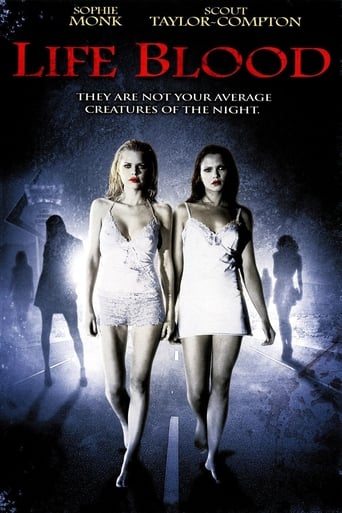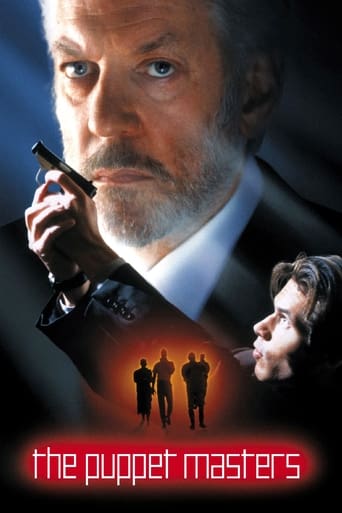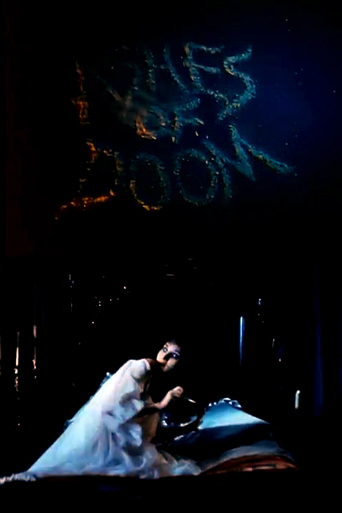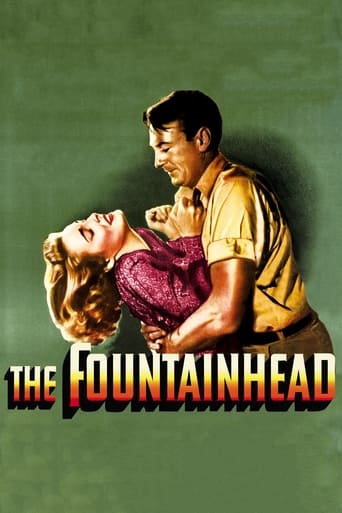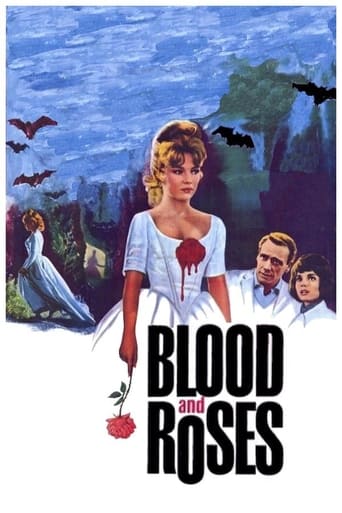
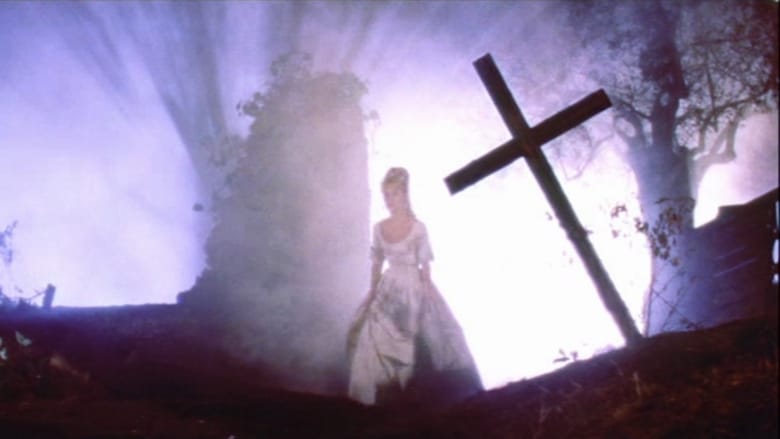
Blood and Roses (1960)
The spirit of a vengeful female vampire is released from her grave and possesses a wealthy young woman of nobility, who preys on other women in her village.
Watch Trailer
Cast


Similar titles
Reviews
Blood and Roses (1960) ** (out of 4)Bram Stoker's Dracula will always be the best known vampire tale but Joseph Sheridan Le Fanu's "Carmilla" had a pretty big run of films in the 60s and 70s. In this film, Carmilla (Annette Vadim) gets jealous for the love of her cousin (Mel Ferrer) and soon she visits the tomb of a former relative who just happened to be a vampire. Before long Carmilla is transformed and goes after what she wants. I know director Roger Vadim has a strong following out there but I've always been left rather cold by his horror films. I guess horror films would be too insulting because this film (as well as SPIRITS OF THE DEAD) are more art-house than anything else. To be fair, I viewed the American version of this film, which runs around 13-minutes shorter than the French version and it's also dubbed. With that said, I'm really not sure the added scenes would have helped this movie as it appears they were mainly a prologue and epilogue. I'm really not sure what Vadim was going for here except that he wanted to bring some sort of beauty to the story. He does manage to do this with a couple good scenes including one dealing with a dying rose but outside of this I thought he sucked the film dry of any energy. Even at just 74-minutes the film seems to drag in spots and there's not an ounce of energy to be had anywhere. The performances are good for the most part but these here aren't enough to save the picture. Those who enjoy the French art pictures from this era might enjoy this but others should check out THE VAMPIRE LOVERS for a much better telling of the story.
I'm mad about this film...might just be my favorite vampire film of all. It's not straight LeFanu, but it has an elegiac air that is. Doing LeFanu 'straight'--as in VAMPIRE LOVERS-- does not necessarily make for a better film as Hammer proved.When I first saw B&R 15 years ago, I was disappointed because I wanted it to be a direct telling of the source material. Later, I saw the film, again, and it seared in to my consciousness. For no explicable reason, it suddenly "made sense" and "glammed" me; and, in particular, Annette Stroyberg's performance suddenly "clicked in." The combination of her detachment, passivity, out bursts of passion, child-like felicity, and, of course, beauty recall her literary namesake. Her profound sorrow and knowledge of being pushed aside from all that she loves--not just Leopoldo but her whole life, really--is heart-rending. Vadim's Carmilla is always described as "jealous" or "bitter," though I don't see that. I do see deep disappointment and despair. It's refreshing, too, to see two women, rivals for one man's affection, treat each other so civilly, so kindly. Worse, Carmilla is slowly ostracized from people that she has grown up with and loved all because of her love of Leopoldo and, then, Georgia. Top that off with being possessed by a vampire, and I think dismissing her as "jealous" or "bitter" is a bit heavy-handed and easy.I'm not quite sure why this film is considered "exploitive"--was Vadim "exploiting" Annette and his divorce from BB? Was LeFanu's "Carmilla" exploitive? It actually had far more explicit descriptions of Carmilla's breast-centric vampirism of young woman, but I don't recall the novella ever being described as "exploitive."There are a couple of jarring moments in the film that don't sit right with me, for instance, Carmilla and Leopold doing the comic piano duet about fishing, and some parts of the celebrated "dream sequence"--just too "art house," even Bergman-esquire, and certainly screaming Cocteau. But, in the end, the film is enchanting, ravishing, and harrowing. As others have noted, the score is exquisite and sets just the right tone, and makes me think of "pavane" and "dead princess" at the same time. Definitely in my top 10.Just hoping that the delay in releasing BLOOD AND ROSES on DVD has to do with a pains- taking restoration and accumulation of extras on Paramount's part--this film is long overdue on DVD.
Joseph Sheridan Le Fanu’s classic horror short story “Carmilla” (which I own and have read) spearheaded the trend for cinematic tales of lesbian vampires. This is the second film adaptation of it – the first, a very loose one, was Carl Theodor Dreyer’s magnificent VAMPYR (1931; soon to be regaled with two fully-loaded SE DVDs on both sides of the Atlantic) and it was followed in quick succession by the Spanish/Italian co-production CRYPT OF THE VAMPIRE (1963; starring Christopher Lee, a quite good version, of which I foolishly erased a VHS copy I had recorded off Italian TV – the only edition currently available is the Retromedia R1 DVD which, unfortunately, presents the film dubbed in English), the Amicus/Hammer collaboration THE VAMPIRE LOVERS (1970; starring Ingrid Pitt and Peter Cushing) and Vicente Aranda’s eerily erotic THE BLOOD-SPATTERED BRIDE (1972).Director Vadim is better-known for having had great tastes in women (counting Brigitte Bardot, Catherine Deneuve and Jane Fonda among his discoveries/lovers) than for his film-making talents; I myself have only been truly impressed by one of his movies – THE GAME IS OVER (1966) – out of the seven that I’ve watched so far (including this one). BLOOD AND ROSES could well have been the second…were it not for the fact that the edited 74-minute version I watched – prepared for U.S. home video consumption and sporting the Anglicized original title AND DIE OF PLEASURE – is a bit of a mess (the full-length French version is 87 minutes long), English-dubbed (naturally), panned-and-scanned (of course), and preceded by one of the phoniest credit sequences I’ve ever witnessed (that said, a reasonable photo gallery was included with the DivX copy I acquired, which starts automatically soon after the main feature). Needless to say, I’d long wanted to watch this – but, bearing in mind the state of the edition I ended up with, in spite of its many pictorial rewards, it wasn’t an ideal viewing experience…and one can only hope that, given the amicable relationship between Paramount (who owns the U.S. rights for BLOOD AND ROSES) and Criterion, the film will turn up someday – in the original French language and uncut – on a decent official DVD (after all, the latter’s vast and considerable collection already numbers Vadim’s debut feature …AND GOD CREATED WOMAN [1956] among its releases).Anyway, the cast is an interesting combination of international movie stars (Mel Ferrer – who, coincidentally, has just died aged 90 – and Elsa Martinelli), newcomers (Annette Vadim nee' Stroyberg) and even a director (Marc Allegret, who had given Vadim an early start when he engaged him as his assistant). The film makes a fair attempt to update the LeFanu original to contemporary times – though, rather than make Carmilla and Millarca one and the same, we get the former being possessed by the latter: this is quite subtly done (at least in this reduced form) as Millarca’s personality in Carmilla manifests itself in her suddenly knowing the steps to an ancient dance and her incongruous preference for a classical record! As a matter of fact, this medieval quality permeates the whole film – thanks also to Jean Prodromides’ haunting melancholy score (which is then effectively speeded-up during the ‘horror’ sequences). Incidentally, the film was clearly intended for the Art-house crowd (resulting in being fairly talky for the first two-thirds) – even if it’s not quite in the same league as Georges Franju’s EYES WITHOUT A FACE (1959), an altogether more accomplished and successful marriage of the highbrow and the exploitative.That said, it contains any number of striking sequences: the costume party (with a fireworks display for backdrop) in which Ferrer dons a bat mask fitted with a pair of wings!; Stroyberg’s wraith-like pursuit of her first victim (her stilted performance is actually just right for the character) – despite its being obviously shot day-for-night; the wilted rose on Carmilla’s white dress turning to a huge blood stain (incidentally, this vampire registers in a mirror!); Stroyberg’s seduction of Martinelli on a rainy night inside the Karnstein family greenhouse (both women also love Ferrer, though he and Stroyberg are related!); Martinelli’s surreal, erotic and blood-spattered black-and-white dream sequence towards the end (in which, among other things, Stroyberg as Millarca operates on her naked self as Carmilla!) – which is the film’s undeniable tour-de-force; Carmilla’s demise as she gets staked during an explosion (the location being a cemetery holding remnant shells from WWII); and the very last image when another wilted rose betrays the fact to the audience, but not the oblivious Ferrer, that Martinelli has herself been turned into a vampire (the latter starts off as an ingénue but slowly, and believably, matures through her attachment to Carmilla).By the way, some weeks back I happened upon a recent TV interview with Martinelli; she seemed deservedly proud of her cinematic legacy (including a successful stint in Hollywood) but, unsurprisingly, this film – or another good one where she was also involved in lesbianism, Lucio Fulci’s giallo ONE ON TOP OF THE OTHER aka PERVERSION STORY (1969) – wasn’t mentioned at all…
I saw this film a long time ago in the television. I can still remember the atmosphere and gentle horror that permeate the film. "Et mourir de plaisir" is based on "Carmilla", an horror tale written by Sheridan Le Fanu. I had already read the book as a child and had liked it very much. Later on I saw this film on television and I was deeply impressed - the atmosphere, the castle and landscape surrounding it, the two girlfriends running together and laughing (one of them will die because the other one is in reality a vampire), beautiful flowers ... weave together a delicate tapestry. Contrary to the Hammer film "The Vampire Lovers" in which the girls relationship is explored very briefly and superficially, "Et Mourir de Plaisir" shows in more detail the delicate love story between two girls lived until death did them part.I don't remember so well the film after such a long time, but some images remained with me, and those images dictate the words I'm writing now.


